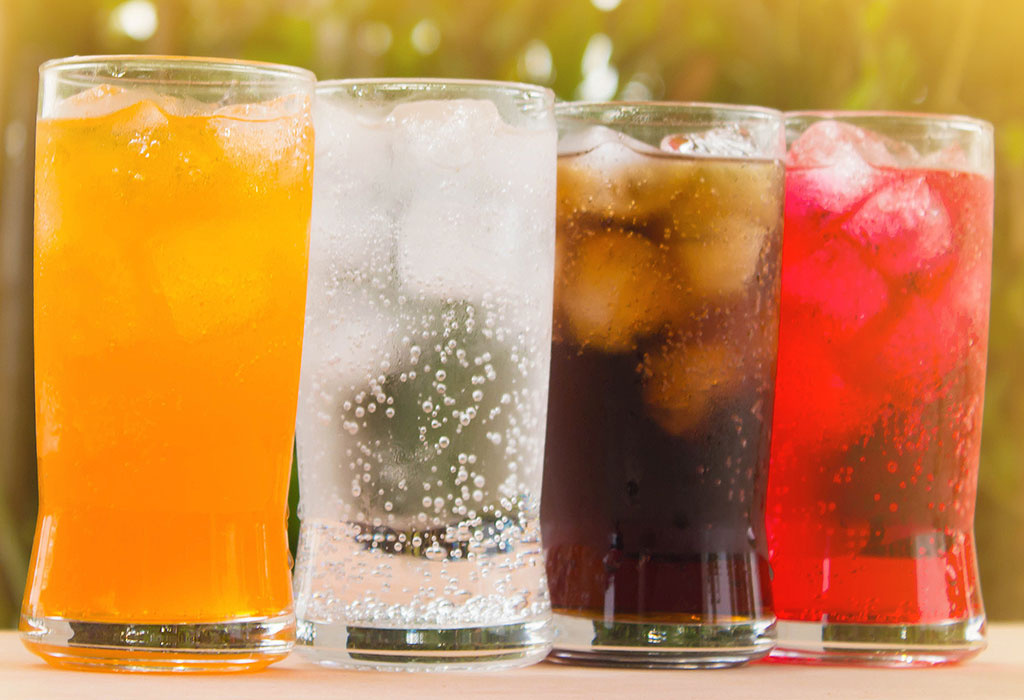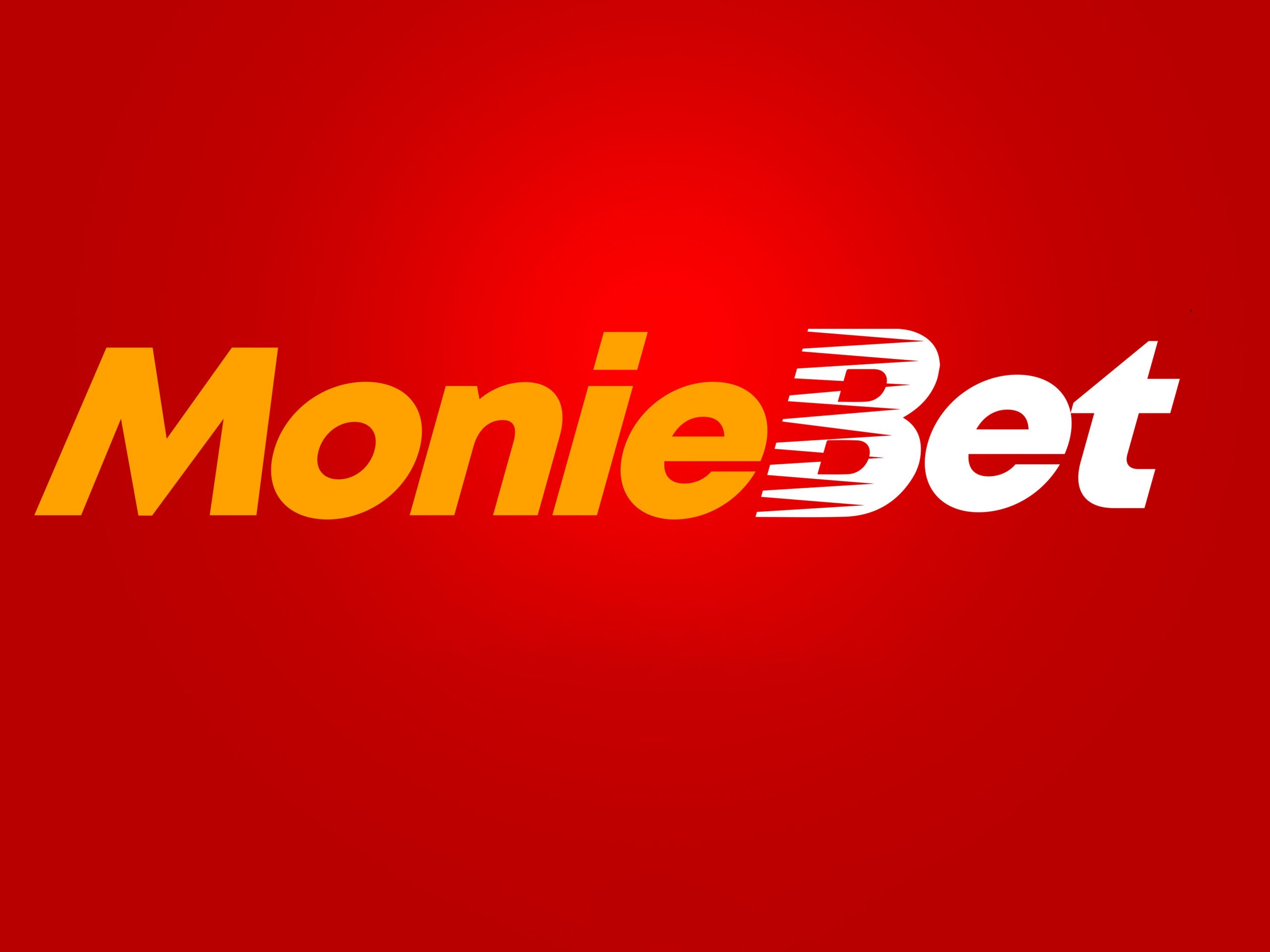By Oluwaseyi Lawal
The Global non-alcoholic beverage market is expected to reach a compound annual growth of 8.6% by 2030. The market size was valued at $1077.35 Billion in 2022 and it is anticipated to reach $1879.91 billion by 2030.
The Non-Alcoholic beverage market includes all beverages without alcohol. The beverages combined in this market are also often called liquid refreshment beverages (LRB). They are Bottled Water which includes carbonated and non-carbonated water, soft drinks covers water-based non-alcoholic drinks, that is carbonated soft drinks, non-carbonated soft drinks, and energy & sports drinks, the juices markets and the ready-to-drink (RTD) Coffee & Tea market which includes packaged coffee and tea beverages in liquid form, ready for consumption.
Based on the Distribution Channel, the Global Non-alcoholic Beverages Market is segmented as Supermarkets, food services sector, convenience stores, specialty stores, and online retail.
The Asia Pacific region has become the dominant player in the non-alcoholic beverages market and is expected to maintain this position in the foreseeable future. This is due to the steady increase in disposable income and improvements in consumer living standards. As consumers in these regions increasingly embrace Western culture and modernization, there has been a noticeable uptick in spending on beverage products.
This trend is particularly evident in the growing demand for ready-to-drink (RTD) beverages and sports drinks, leading to significant market expansion in North America and Europe. Concurrently, alcohol consumption is declining in these areas, with consumers gravitating towards healthier alternatives, thus bolstering the market for non-alcoholic beverages, especially those considered beneficial for one’s health.
Top and key players in the non-alcoholic beverage market are Pepsi, Coca-Cola, and Nestle. These manufacturers have introduced a variety of nutrient-rich products in the non-alcoholic beverages market. This shift is driven by a growing interest among consumers, especially millennials, in exploring new and healthier alternatives to traditional sodas.
As the preferences of millennial consumers and their offspring continue to evolve globally, manufacturers are compelled to adapt their product formulations and explore innovative manufacturing approaches to meet this demand.









Comment
No comments found.